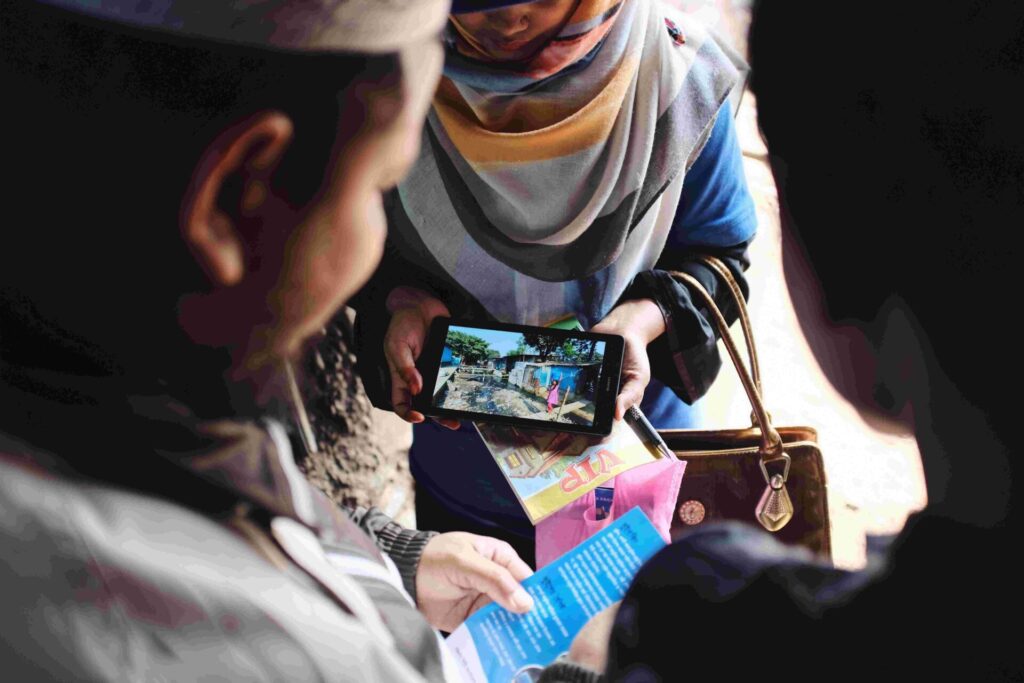Top three benefits:
- Reduce costs of marketing, product troubleshooting and after-sales services (for chatbots).
- Easily personalise content for different customer segments (for both chatbots and AI).
- Develop branding, marketing collateral and copy without hiring creative agencies (for generative AI).
Top three challenges:
- Customers might not have smartphones required to access chatbots.
- Generative AI has been criticised for reinforcing stereotypes (make sure you always check whether the content might be experienced inappropriately by your customers).
- Few providers have a tailored proposition for low-income markets.

Photo credit: Bopinc
Trailblazers:
- Proximity Designs developed a Facebook chatbot providing agronomy advice to more than two million farmers in Myanmar (access the chatbot here).
- Fortell.ai built an AI tool for NGOs to generate training copy and videos in local languages.
- Let us know who else should be on this list
Resources:
- DAI shares what does and does not work for chatbots in the development sector.
- CFI, in partnership with USAID and DAI, created an investor’s guide to promoting equitable use of AI in the inclusive finance sector.
- Landbot is a chatbot builder that is intuitive to use.
- ChatGPT generates human-like text based on context and past conversations.
- Dall-E generates images, mostly artistic, that can be used for marketing collateral.
- McKinsey writes about the economic potential of generative AI to transform global economies.
- Check out this 101 course for small businesses to get started with generative AI.
